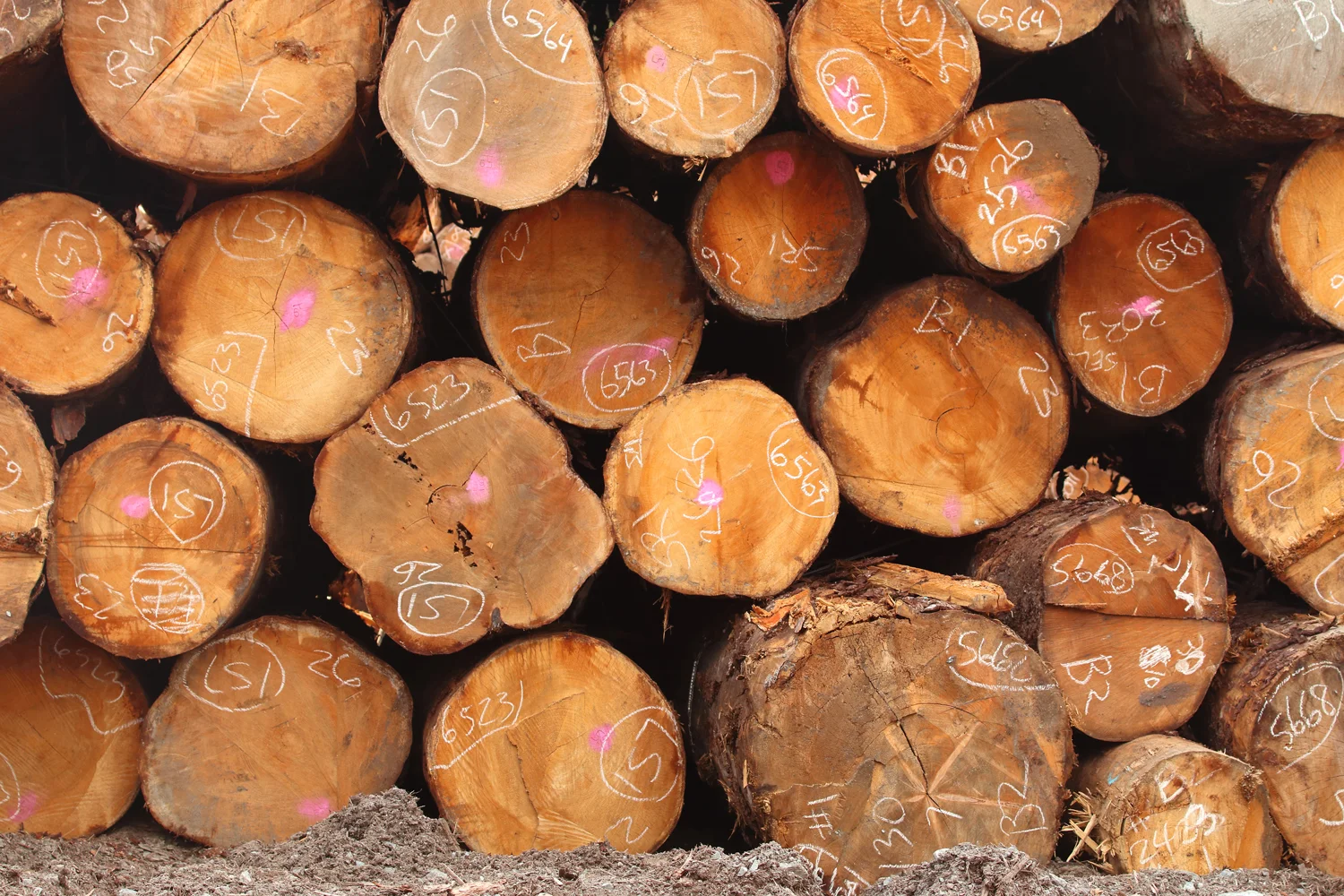Loading Logs onto the Ship
/Here in Southeast Alaska logging is a significant part of the economy. I have complicated feelings about that, which I will go into in a different post. This post is a photo appreciation of the work involved in moving large amounts of wood to a cargo ship via water. Most locations here in Southeast Alaska don't have a multi-million dollar, deep-water dock systems to use for loading logs onto the ship, so the crew uses equipment and methods that have worked for over five decades.
The management at the sortyard allowed me to take photographs as long as I wore safety gear and stayed out of the way. I thank them tremendously. The logging industry here in Alaska is in a changing and controversial time, so it was very gracious of the people at this sortyard to let me record some images. I'm glad to get to share them with you!
In the photo below are logs that arrived at the sortyard on log trucks and were unloaded and stacked by a Caterpillar 988F log loader.

There's the loader on the right of the photo below. On the left is a log shovel, which is a modified excavator. It can nimbly move and sort logs.

The sort yard is a bit dusty, but that's way better than the other possibility - mud.

The spruce, hemlock, and cedar logs are sorted, scaled, and marked. This is valuable, old-growth timber headed for overseas markets that pay more than domestic buyers.
While the logs are in the bunks in the photo below they are banded into bundles.

It's pretty cool how the big loaders are articulated (they bend in the middle) so that they can maneuver in tight spaces.

The loader grabs up a log bundle and then drives over and dumps it into the water! At first I thought that the logs would just float when the loader released them, but I saw them slide out away from the beach a little.

I can see why the logs slide into deeper water as the loader operator deftly hooks the cable of the submerged log rails. He pulls the rails up the beach so that they will be in the proper place for the incoming tide.

The boom boat operator hustles over and collects up the log bundle. This bundle will join many more as the boom man builds them into a log raft. The next post will show more about boom boats and raft building! Give me a few days - I need to talk with a local boom man first.

I'm going to skip ahead to the log ship now...
Tied to two mooring buoys is the gigantic "Daiwan Dolphin." That's a BIG ship at 590 feet long and 98 feet wide, and it flies the flag of Panama. When the ship is loaded to the water line (where the black and red meet in the photo below) it draws 30 feet. Built in 2015, it is already showing some of the scuffs and dings of a boat that works for a living.

Pusher tug Sophia C and two boom boats assist in ship loading operations. The local crew also brought a small equipment barge that is tied near the stern of the ship.


The Sophia C and the boom boats make sure that the wood is where it needs to be when it needs to be there by towing and pushing.
Four men are on the floating log bundles next to the ship. One of the ship's cranes lowers a cable with a giant pulley (block) on it. Two heavy cables are attached to the bottom of the block. The loading crew runs those cables under the log bundle and hooks the other ends to the pulley. Then they get out of the way.
The guys are wearing boots with spikes on the soles (corks) along with other safety gear. They have long poles, called pike poles, that have a point and a hook on one end for pushing and pulling logs around. For the crew handling logs in the water it is very physical, repetitive work in a dangerous environment. They seem to take it in stride, though.
Depending on volume, time and available crew, the ship can load from both sides at the same time.
SO glad that is is good weather! Can you imagine doing this in the wind and rain?


The ship's crane operator lifts the wood onto the boat where crew settles it into place for the ride across the ocean.
The boom boat operator manages to catch a quick break.

So that's how it's done! Thanks for taking a look.
Waves and smiles to you,
Alaska Beachcomber and the Ship Loading Crew


